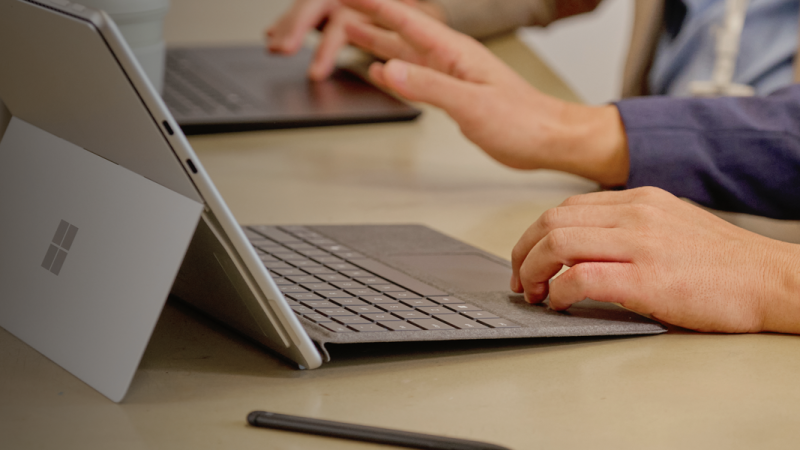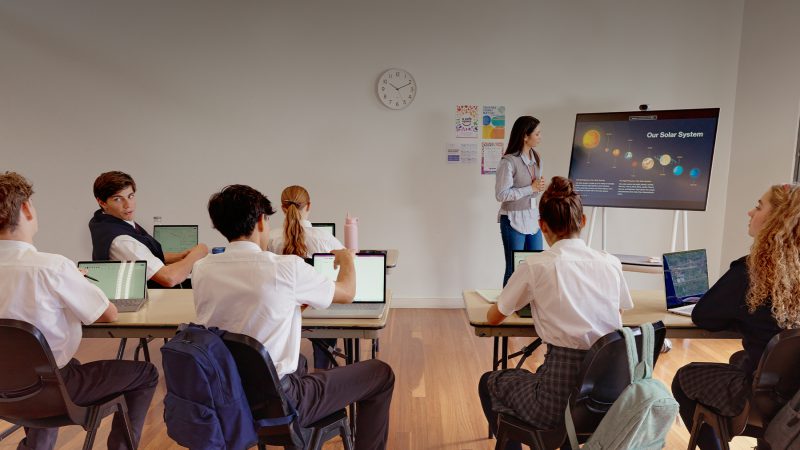
Barker College staff and students become ‘citizen developers’ with Power Platform

When independent school Barker College decided to upgrade its student information system into a “Barker-verse”, it was seeking a platform that was cost-effective and flexible enough to meet the diverse needs of the school.
The school’s ICT project manager, Andrew Ashby, says Barker decided to adopt Microsoft Power Platform to automate processes and augment its student information software.
The school, at Hornsby in the northern suburbs of Sydney, transitioned to Power Platform just before the onslaught of Covid 19, and two years after the implementation of a new Student Information System (SIS) that was not meeting the full needs of the School.
“We tend to develop things to meet our own requirements rather than changing our processes to fit any product,” explains Ashby. “It’s one reason why our previous SIS project didn’t meet the full requirements of the school. As flexible as the product was, it still wasn’t flexible enough to cater for all of our requirements and it wasn’t easy to change our current, highly bespoke processes to align with the design of the SIS.”

Implementing change in a large school can be a slow and challenging process, like steering a huge ship through icebergs, says Ashby. The school has approximately 2600 students from Pre-Kindergarten to Year 12, 600 teaching and support staff and includes three small Indigenous primary schools.
The new system will transform how data is accessed, manipulated, and used – which is why Ashby coined the term “Barker-verse” to describe the new technology environment.
He says that in such a large school, processes must be automated.
Once you hit that 1500 student mark and beyond, the needs, requirements, technicalities, and challenges grow exponentially.
The developer/operations team at the school is tackling the communications between databases, creating APIs (application programming interfaces) that will allow data to “talk” between satellite data storage facilities to the central database.
In practical terms, this can allow a staff member to know the location of an individual student, without having to separately check whether they are in class, in the health clinic or in learning support.
It also allowed the school to keep track of the distribution of Covid RAT tests, scanning identity cards to ensure everyone had one. That particular app was developed designed and developed within 24 hours.
An additional benefit of the platform is that it allows non-IT staff and students to become “citizen developers”, creating and customising apps through Dynamics 365 to fill niche requirements.
One such application involves using phone cameras to scan tags on classroom equipment, linked back to a Sharepoint, to ensure that everything is in its correct location. A group of Year 9 Barker students who wanted a holiday job were tasked to check and clean equipment and recalibrate the pens for the smartboards.
Power Apps are also used to keep track of student tablets, monitoring damage and lost equipment.
Ashby says that with a basic level of coding experience, he developed an easy-to-use app to manage the student rewards process and its multiple levels of approvals.
“My background is in Physical Education. I mean, I can put a formula in an Excel spreadsheet and I know how to search Google. And, with that, I’ve been able to create some fairly elaborate apps.”
Ashby says the school has been able to harness the ingenuity of students in creating new uses for the power platform through its apps: “They can probably build one better than me anyway.”
Categorised in: Education, Industry
This post was written by Microsoft Australia









